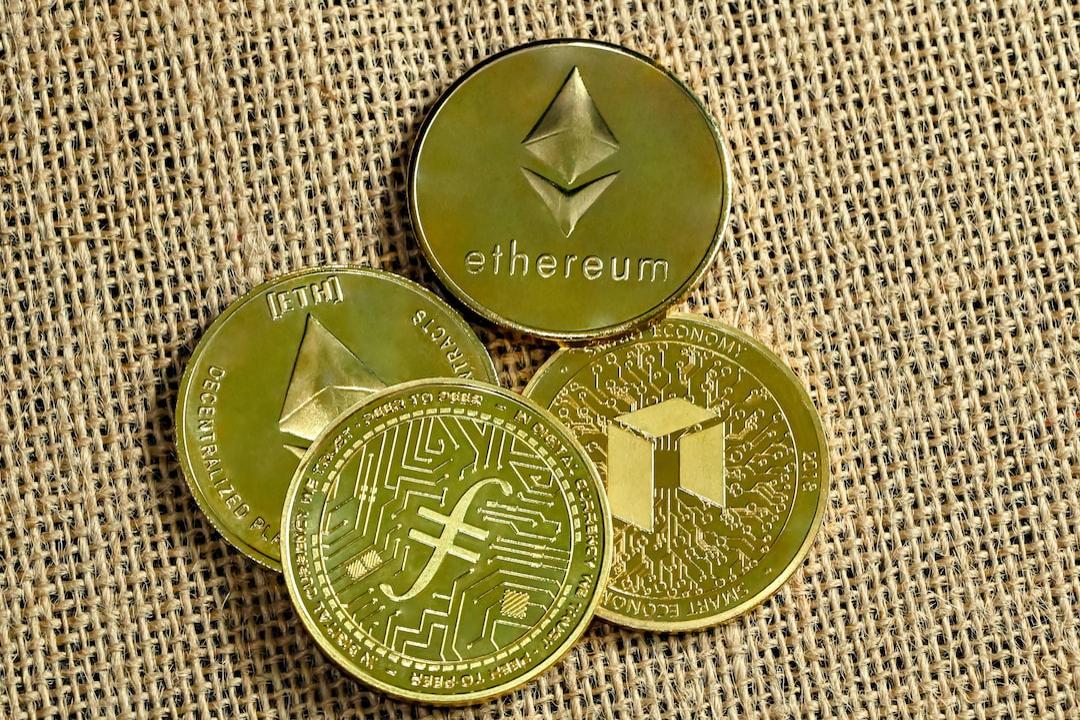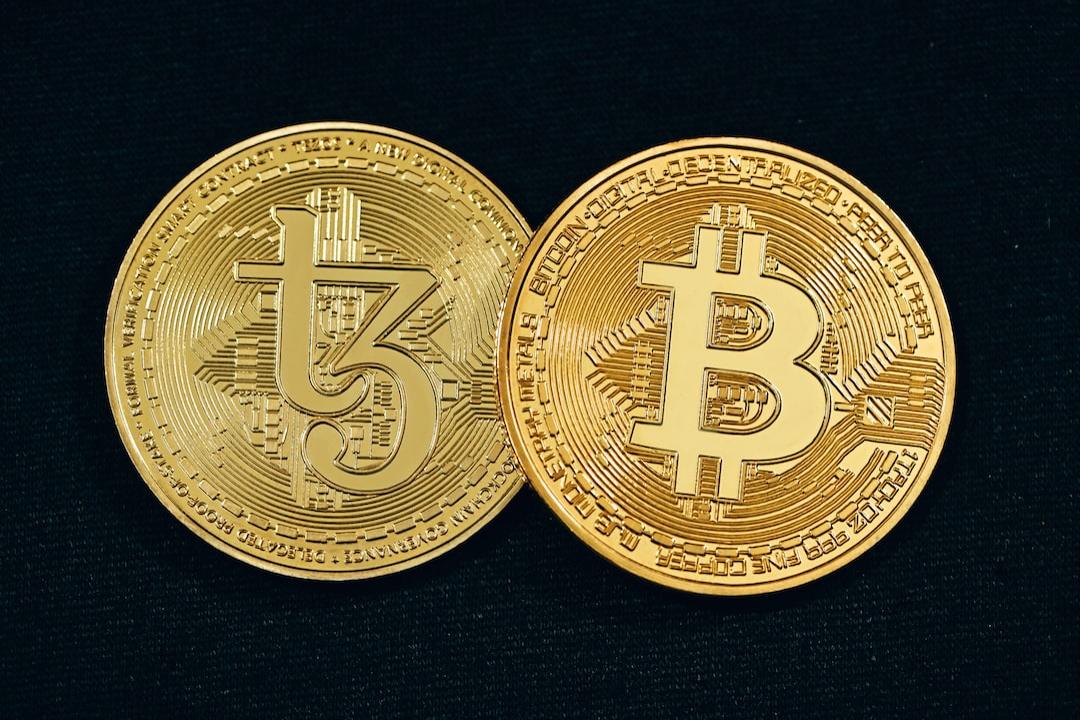Pi Network Grabs Headlines, but Faces Major Setbacks
Pi Network grabbed headlines in February 2025 following its mainnet launch. After trading restrictions were lifted, Pi coin’s price quickly surged to an all-time high of $2.98 on Feb. 26. For a moment, it entered the top 10 cryptocurrencies by market cap.
However, this excitement didn’t last. Just over a month later, on April 3, Pi’s price crashed to just $0.5648—a staggering drop of more than 81% from its peak. The recent 24-hour period alone saw Pi lose nearly 16% of its value.

This downturn wiped out about $14.5 billion of market value. Pi’s market capitalization shrank from nearly $20 billion to just $4.56 billion.
One major factor fueling Pi’s price crash is the continuous unlocking of tokens. To date, Pi Network has unlocked 4.9 billion tokens, and an additional 1.54 billion will hit the market within the next year. Around 126.6 million PI tokens, or 1.87% of the current circulating supply, will unlock this month alone.
Monthly unlocks exceed demand, which greatly affects the value of the token. By July, monthly unlocks will peak at 233 million tokens, sharply increasing supply and likely pushing prices even lower. At this rate, Pi risks being labeled as one of the most inflationary cryptocurrencies in the market.
Operational Failures: KYC Chaos and User Frustrations
Pi Network also suffers from operational breakdowns, especially with its mandatory KYC (Know Your Customer) process. Users must complete KYC to transfer tokens to the mainnet, enabling transactions and withdrawals. However, Pi’s proprietary verification system has faced persistent technical glitches, delays, and capacity issues.
Despite launching an open mainnet on Feb. 20, Pi Network struggled to process the verification backlog for its massive user base—estimated at over 60 million people. Reports suggest only around 14 million users successfully migrated their coins.
Social media reveals widespread frustration. One user saw her Pi coins returned without explanation after being marked as migrated. Another lost 1,427 Pi tokens due to uncompleted migration within the grace period, despite being queued correctly.

The Pi Core Team’s silence on these issues worsens user trust. Without clear updates or communication, speculation and doubts dominate the narrative.
Real-World Use Remains Low
In March 2025, Pi Network attempted to prove its practicality through “PiFest,” a global initiative to boost merchant acceptance. Despite massive signup numbers (125,000 merchants, 1.8 million participants), actual on-chain transaction volume hardly increased.
Most users appeared reluctant to spend tokens, likely due to uncertainty about future value. Additionally, Pi’s decentralized applications (dApps) remain scarce and less functional compared to established blockchains like Ethereum or Solana.
Initial efforts such as integration with Telegram’s crypto wallet have yet to yield significant engagement. Concerns over user privacy due to Pi’s community-driven KYC verification also undermine confidence.
Top Exchanges Still Avoid Pi Coin
Pi Coin received uneven exchange support after its mainnet launch. Major exchanges like Binance, Coinbase, Kraken, and Bybit have avoided listing Pi. Ben Zhou, CEO of Bybit, explicitly called Pi Network a “scam,” though Pi’s developers strongly deny these allegations.
While Pi trades on platforms like Bitget, OKX, Gate.io, and MEXC, absence from tier-1 exchanges limits its legitimacy and liquidity.
Pi Network’s problems stem more from operational mismanagement, technical breakdowns, and market dynamics rather than clear fraudulent activity. While some call it a scam due to delays and confusion, the project still maintains a strong, albeit frustrated, user base.
